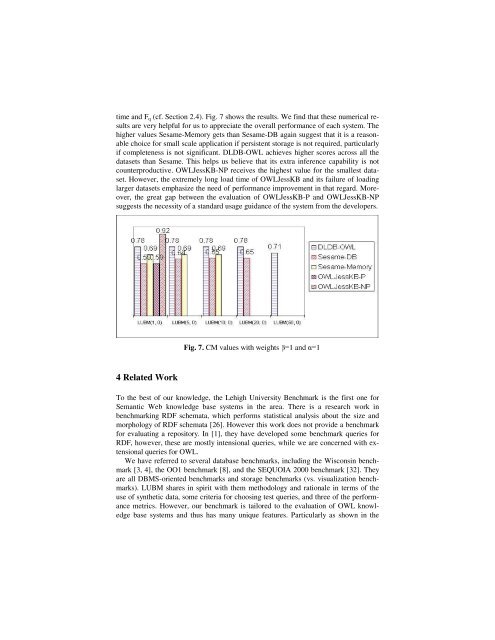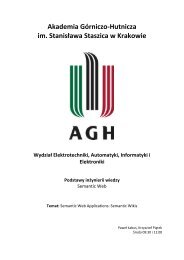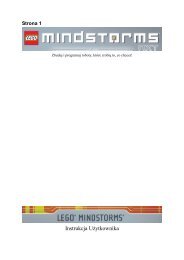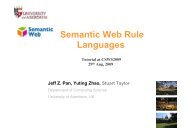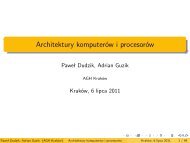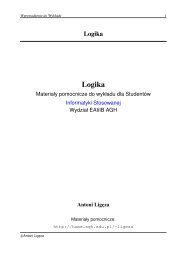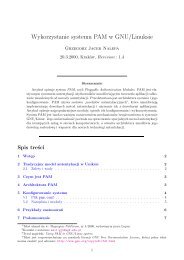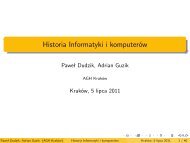An Evaluation of Knowledge Base Systems for Large OWL Datasets
An Evaluation of Knowledge Base Systems for Large OWL Datasets
An Evaluation of Knowledge Base Systems for Large OWL Datasets
You also want an ePaper? Increase the reach of your titles
YUMPU automatically turns print PDFs into web optimized ePapers that Google loves.
time and F q (cf. Section 2.4). Fig. 7 shows the results. We find that these numerical results<br />
are very helpful <strong>for</strong> us to appreciate the overall per<strong>for</strong>mance <strong>of</strong> each system. The<br />
higher values Sesame-Memory gets than Sesame-DB again suggest that it is a reasonable<br />
choice <strong>for</strong> small scale application if persistent storage is not required, particularly<br />
if completeness is not significant. DLDB-<strong>OWL</strong> achieves higher scores across all the<br />
datasets than Sesame. This helps us believe that its extra inference capability is not<br />
counterproductive. <strong>OWL</strong>JessKB-NP receives the highest value <strong>for</strong> the smallest dataset.<br />
However, the extremely long load time <strong>of</strong> <strong>OWL</strong>JessKB and its failure <strong>of</strong> loading<br />
larger datasets emphasize the need <strong>of</strong> per<strong>for</strong>mance improvement in that regard. Moreover,<br />
the great gap between the evaluation <strong>of</strong> <strong>OWL</strong>JessKB-P and <strong>OWL</strong>JessKB-NP<br />
suggests the necessity <strong>of</strong> a standard usage guidance <strong>of</strong> the system from the developers.<br />
Fig. 7. CM values with weights<br />
DQG <br />
4 Related Work<br />
To the best <strong>of</strong> our knowledge, the Lehigh University Benchmark is the first one <strong>for</strong><br />
Semantic Web knowledge base systems in the area. There is a research work in<br />
benchmarking RDF schemata, which per<strong>for</strong>ms statistical analysis about the size and<br />
morphology <strong>of</strong> RDF schemata [26]. However this work does not provide a benchmark<br />
<strong>for</strong> evaluating a repository. In [1], they have developed some benchmark queries <strong>for</strong><br />
RDF, however, these are mostly intensional queries, while we are concerned with extensional<br />
queries <strong>for</strong> <strong>OWL</strong>.<br />
We have referred to several database benchmarks, including the Wisconsin benchmark<br />
[3, 4], the OO1 benchmark [8], and the SEQUOIA 2000 benchmark [32]. They<br />
are all DBMS-oriented benchmarks and storage benchmarks (vs. visualization benchmarks).<br />
LUBM shares in spirit with them methodology and rationale in terms <strong>of</strong> the<br />
use <strong>of</strong> synthetic data, some criteria <strong>for</strong> choosing test queries, and three <strong>of</strong> the per<strong>for</strong>mance<br />
metrics. However, our benchmark is tailored to the evaluation <strong>of</strong> <strong>OWL</strong> knowledge<br />
base systems and thus has many unique features. Particularly as shown in the


